DOLBY ATMOS ADOPTION
One of the questions many of us have is: why is everyone suddenly talking about Dolby Atmos? on the internet, at conferences, fairs, by artists and industry professionals.
What is it about this technology that is being adopted on so many fronts, from music to automobiles?
For me, Atmos is not simply a technical improvement or a passing fad. Nor is it a panacea. It represents an interesting evolution within the history of multichannel audio, with clear advantages, but also with certain challenges that are worth discussing.
FROM MUSIC TO MASS CONSUMPTION: AN ACCELERATED EXPLOSION
Dolby Atmos was born in cinema and remained in that ecosystem for years. However, since approximately 2019, it has strongly entered music, driven mainly by strategic alliances between Dolby, Apple Music, Amazon Music, TIDAL, and major record labels. Today, Apple Music promotes thousands of albums in Atmos, including historical catalogs and recent releases.
This has generated an important change in the way artists, producers, and labels approach production. Some see it as a new creative tool. Others, more skeptical, understand it as an industry requirement, a label that is becoming standard in releases.
DEMOCRATIZATION OF ACCESS. COMPATIBLE SOFTWARE AND HARDWARE
One of the key reasons why Atmos is advancing is its compatibility with mass consumer devices. Apple integrated it into its AirPods, iPhones, and laptops. The same was done by Samsung, LG, and other brands. Soundbars like those from Sonos and Bose allow for an “immersive” experience without the need for multiple speakers.
However, the immersive experience in these systems is strongly based on binaural rendering or virtualization through DSPs. It is not the same as a real multichannel installation. Many users listen to Atmos without knowing exactly what differentiates it from a good stereo mix. And this has also raised questions about whether the benefits are really perceived on all devices.
ATMOS IN AUTOMOBILES: REVOLUTION OR COMMERCIAL GESTURE?
Billie Eilish was one of the first mainstream artists to release a full album in Atmos. But she was not the only one. Pink Floyd, The Beatles, The Weeknd, and Ariana Grande have worked on immersive mixes that drastically expand the sound field. In the experimental world, artists like Björk and Arca have taken these ideas much further, designing complete performances designed for immersive environments.
In the case of Björk, her show Cornucopia not only used a multichannel sound system but the musical narrative was deeply intertwined with the spatial movement of the sounds. It was not an aesthetic mix: it was part of the content.
WHAT WORKS AND WHAT DOESN’T…
Today, Atmos is not exclusive to cinema or large venues. The ecosystem has expanded rapidly. Apple Music offers thousands of albums in Dolby Atmos, and manufacturers such as Sonos, LG, Samsung, Sennheiser, Audi, Volvo, Mercedes-Benz, among others, have integrated compatibility with the format in soundbars, headphones, televisions, and even audio systems in automobiles. After all, we are moving towards cars becoming increasingly autonomous and where the entertainment experience will be key, interesting to travel without having to worry about driving and enjoying an album or even a movie in these formats, right?
From the point of view of production, the tools are increasingly accessible. DAWs like Logic Pro, Pro Tools, and Nuendo allow mixing directly in Atmos. The Dolby Atmos Renderer has become a central piece of the workflow, and companies like Sound Particles with their panners and their first “spatial Synth” or plugins like the Cinematic Rooms reverbs from LiquidSonics have been designed with these expanded architectures in mind.
In my opinion, the transition of Dolby Atmos from cinema to music has not been a forced adaptation. It has been a natural extension of a technology that came to respond to a need: that of inhabiting sound. As a producer, engineer, or artist, Atmos represents a real possibility of designing experiences that are no longer just heard, but lived entirely. And that, I think, marks a before and after in the history of audio. Let’s see where we are headed…
Christopher Manhey.-
